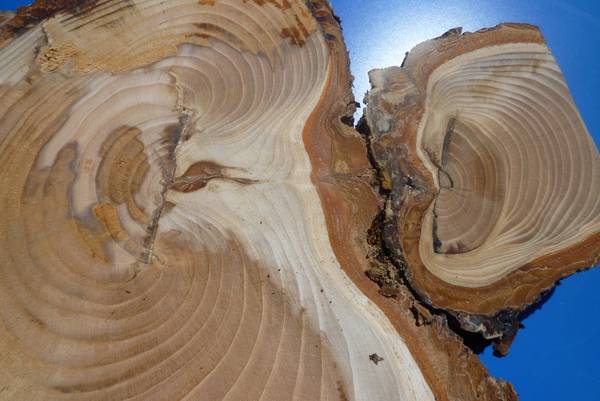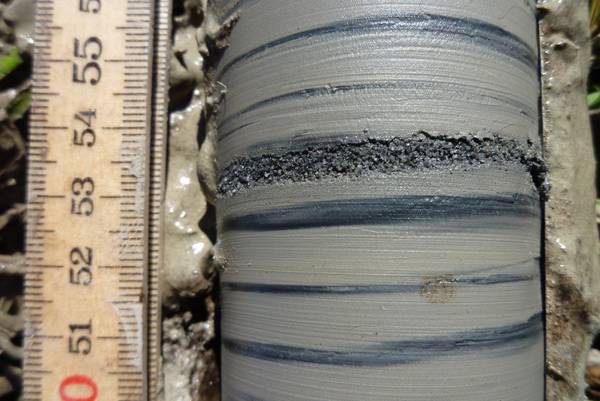Research
Research focus and methods
The research focuses on:
- Erosion and total denudation of soils, sediments and landscapes and the chemical weathering processes. These include clay mineralogy, geochemical interactions, element cycles and fluxes (nutrient elements, trace metals) and organic matter / mineral interactions.
- Landscape evolution (Pleistocene and Holocene) using numerical (radiocarbon, 10Be surface exposure dating) and relative dating of surfaces.
Key research questions are:
- (High-Alpine) Landforms can be interpreted as archives of historical and climatic landscapes. What was the timing of the landscape processes that lead to the given geomorphic forms?
- How can such landforms best be dated?
- How are chemical weathering in a soil or a watershed and corresponding elemental fluxes related to the main driving forces such as climate, parent material, topography, surface age, vegetation?
- How do chemical weathering and erosional processes change as environmental parameters change?
- How can weathering and erosion processes be extrapolated in space and time?
The main methods used are:
- Identification of processes (landscape level and soils) using among others stable (e.g. 87Sr, 86Sr, 12C, 13C), unstable isotopes (14C, 10Be, 137Cs, Pu-isotopes) and immobile elements (Ti, Zr)
- Derivation of reaction rates (at landscape level but related to soils and geochemical functioning) using numerical and relative dating techniques
- Modelling soil and landscape evolution and relating the processes to environmental factors and space using GIS
From a geographical point of view, the research activities are located in the:
- European Alps
- Mediterranean areas (particularly Sicily)
- Rocky Mountains (Wind River Range)
- Altai mountains (Russia)

